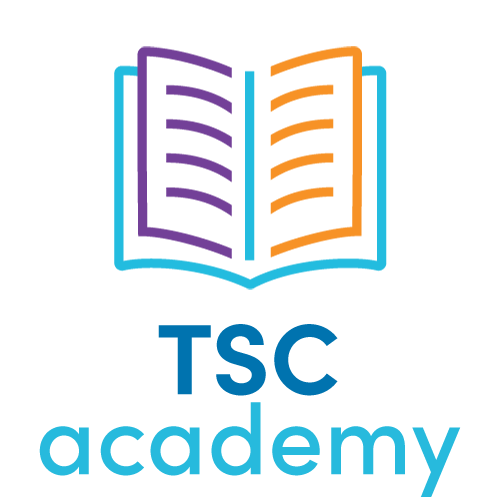
Infantile spasms or epileptic spasms are severe seizure disorders that may affect infants with tuberous sclerosis complex (TSC). About 30% of children with TSC may start experiencing these seizures.
The onset of spasms can begin any time after birth and up to 2 years of age. In some rare cases, spasms can appear later in life and are referred to as epileptic spasms.
Symptoms of infantile spasms consist of repetitive, yet subtle, movements, including wide-eyed blinking, mid-section jerking, belly tensing, brief head nods, body stiffening, arms flinging to the side, knees pulling up, and eye rolling. Loss of previously acquired skills such as rolling-over or smiling may indicate the presence of spasms. Spasms typically last for a few seconds and can occur consecutively in clusters. Recognition of infantile spasm symptoms can be misdiagnosed as non-emergent conditions such reflux, startle reflex, or colic. Delay in diagnosis greatly increases the risk of intellectual disabilities, lifelong epilepsy, autism and even mortality.
It’s crucial for parents and caregivers to understand that their child is at risk for infantile spasms and to become familiar with the signs and symptoms. Early diagnosis and rapid treatment can often result in the elimination of spasms and improve quality of life.
Learn more about infantile spasms at infantilespasms.org.







